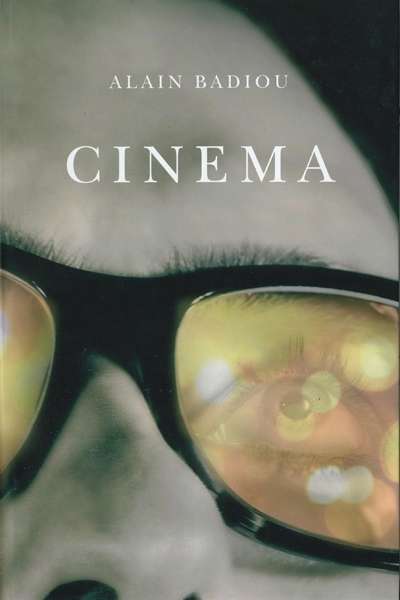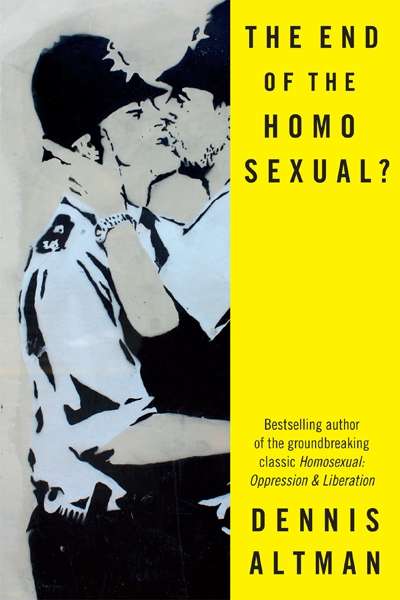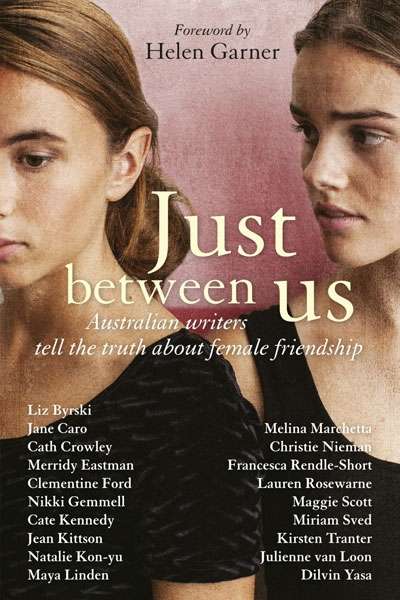Cultural Studies
Living in a Modern Way: California Design 1930–1965 edited by Wendy Kaplan
by Christopher Menz •
Stolen Glimpses, Captive Shadows: Writing on Film 2002–2012 by Geoffrey O'Brien
by Jake Wilson •
World Film Locations: Melbourne edited by Neil Mitchell
by Benjamin Millar •
Cinema by Alain Badiou, translated by Susan Spitzer
by Hamish Ford •
The Writing Culture of Ordinary People in Europe, c.1860–1920 by Martyn Lyons
by Paul Pickering •
Out of Shape: Debunking Myths about Fashion and Fit by Mel Campbell
by Dion Kagan •
Just Between Us: Australian Writers Tell the Truth about Female Friendship edited by Maggie Scott et al.
by Milly Main •










